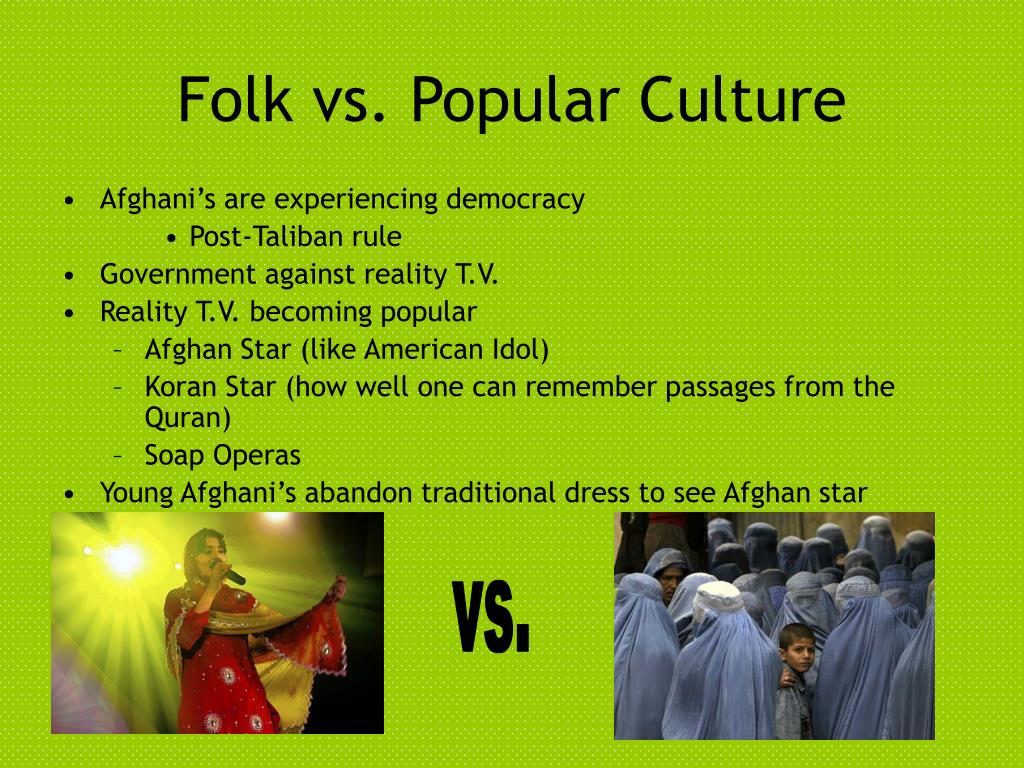

Stimming is short for self-stimulation, which often includes repetitive body movements, actions, or spoken words/phrases. The diagram shows that there is significant overlap between the two large circles, indicating that the distinctions between neurotypical and neurodivergent are not as clear or simple as is often assumed. The small circle on the Allistic side is labelled Neurotypical (majority neurology). The small circle on the Neurodivergent side is labelled Autistic. Within each large circle is a smaller circle. The image shows two large overlapping circles labelled Neurodivergent (minority neurology) and Allistic (non-autistic). Note the overlapping spaces in the diagram: many people are allistic (non-autistic) and neurodivergent.

The following Venn Diagram, reproduced from the “All Brains Are Beautiful” workshop (with permission ), visualizes the relationship between neurotypical and neurodivergent experiences. Inclusive writing recognizes that there are many kinds of neurological experiences, and so neurodiversity is actually the norm of human cognition. This approach avoids reproducing the social standards of normal and abnormal cognition. Writers use the term neurotypical to refer to people whose experiences tend to fall in line with the typical or normative study of neurology. These categories are neither neutral nor inherent. Researchers and writers have therefore created the categories of typical and atypical. The study of neurology has tended to focus on functions that have been deemed typical. This term is used to refer to people whose neurocognitive function meets the dominant social standards (Walker). Indigenous/non-Indigenous relationships on unceded territories require unique forms of reconciliation and restitution. However, the term unceded makes it clear that the ongoing occupation is illegal under international laws, such as the UN Declaration on the Rights of Indigenous Peoples. The presence of specific treaties does not close the conversation on Indigenous land rights or sovereignty. Note: where there are treaties, lands and territories would not be considered unceded, though there are many contemporary legal challenges about the appropriateness of the treaties, the ways that they have been interpreted and applied, and the processes that were used to make them. The term unceded is often used in land or territorial acknowledgments to refer to lands or territories that were never given up and for which there are no treaties. Unceded means never given up, transferred or surrendered. For example, in an argument I might say “I conceded that point,” as a way of saying that I see the other person’s perspective and have been convinced to give up my argument. To concede something means to give it up. Recalling that specificity is a core principle of inclusive writing, it is preferable to write specifically and directly about the experiences of particular people or groups of people, rather than trying to generalize across a wide swath of experiences. The acronym BIPOC (and its variations) has been challenged for its tendency to collapse the unique experiences of Indigenous Peoples, Black Peoples, and Peoples of Colour. It should be further noted that identity labelling is complex and often contested. See glossary description for the term intersectionality. Several of these variations make the intersections of identities clear. QTIBIMPOC: Queer, Trans, and Intersex, Black, Indigenous, Multiracial, People(s) of Colour. QTIBIPOC: Queer, Trans, and Intersex, Black, Indigenous, People(s) of Colour. This order is often used to recognize the presence of Indigenous Peoples in a place prior to occupation by non-Indigenous Peoples.īIMPOC: Black, Indigenous, Multiracial, People(s) of Colour. IBPOC: Indigenous Peoples, Black Peoples, and Peoples of Colour. Variations of this acronym are also sometimes used.

BIPOC is an acronymn that stands for Black Peoples, Indigenous Peoples, People(s) of Colour/Indigenous Peoples, Black Peoples, and People(s) of Colour.


 0 kommentar(er)
0 kommentar(er)
